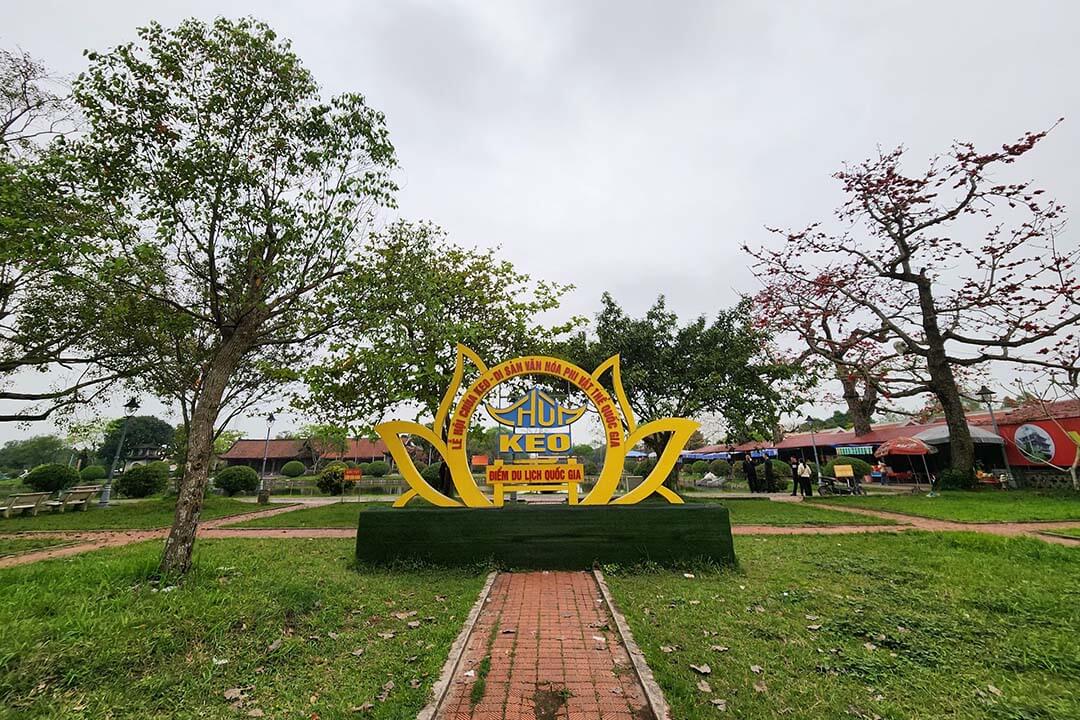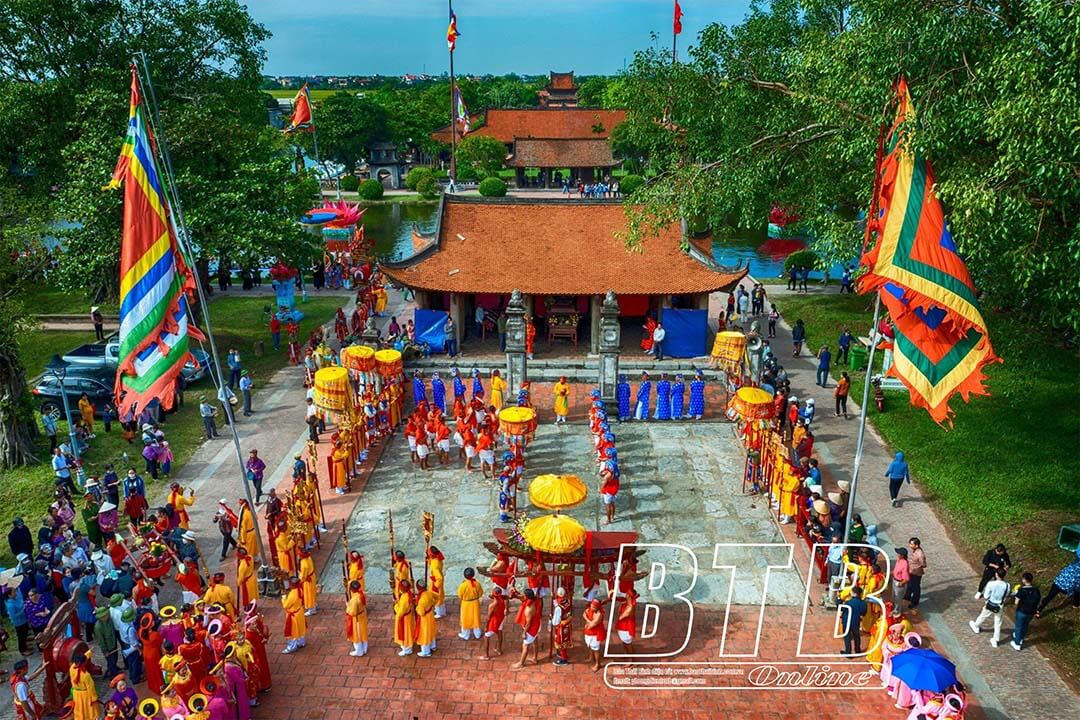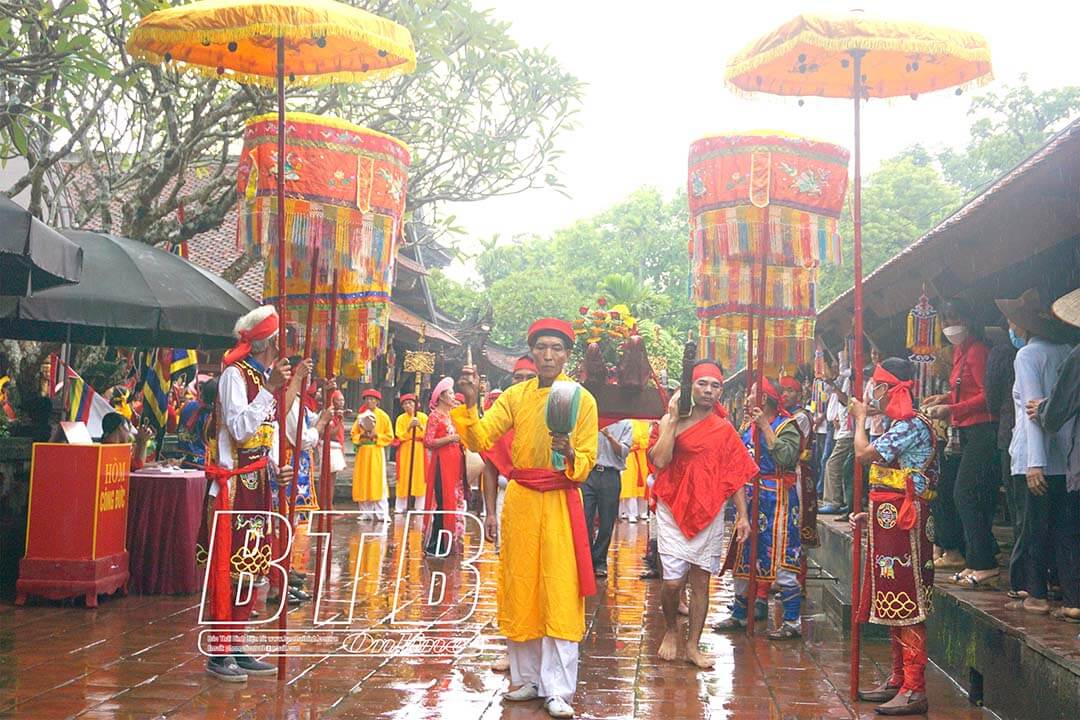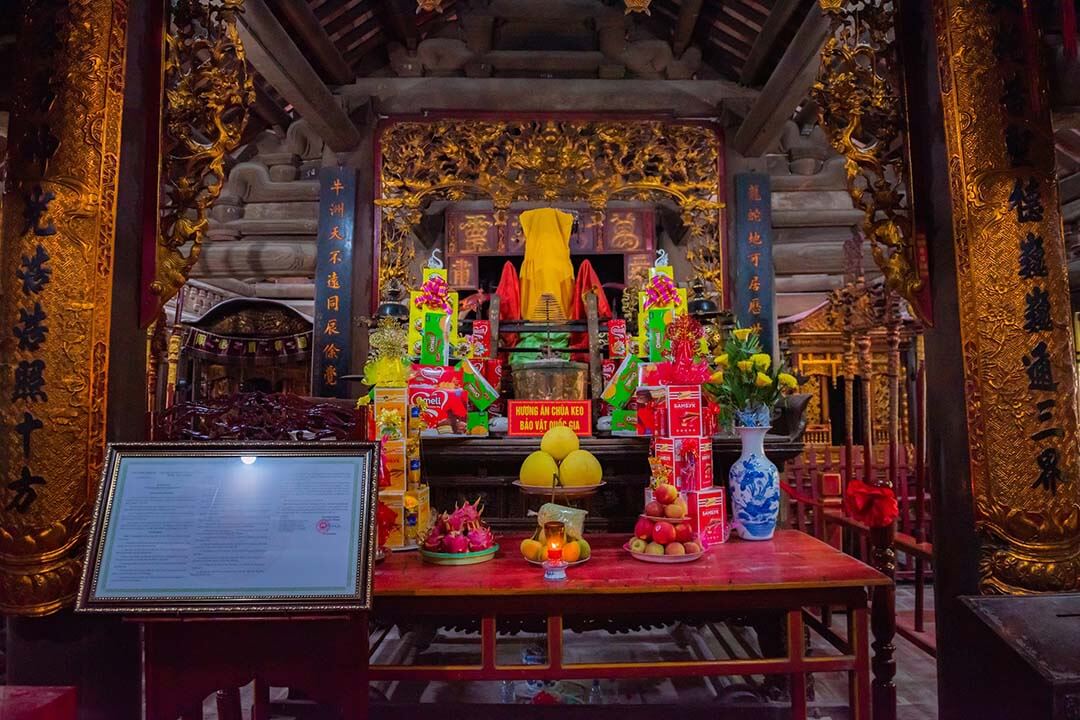The Keo Pagoda Festival in Thai Binh Province is one of Vietnam’s most celebrated cultural events, drawing thousands of visitors each year. Recognized as a national intangible cultural heritage in 2017 by the Ministry of Culture, Sports, and Tourism, the festival reflects the region’s rich historical and spiritual heritage. For travelers interested in Vietnam’s unique traditions, the Keo Pagoda Festival offers a perfect blend of religious reverence and vibrant cultural activities.
History of Keo Pagoda Festival
The Keo Pagoda is located in Vu Thu District of Thai Binh Province and was constructed in the early 17th century during the Later Le Dynasty. The pagoda honors Duong Khong Lo, a revered Vietnamese monk who, according to local legend, attained nirvana. His miraculous healing of King Ly Thanh Tong is a central part of the lore surrounding the pagoda and is reflected in the festival.

The Keo Pagoda Festival embodies a significant era of Buddhist development in Vietnam. The event not only meets the spiritual needs of the local community but also preserves and conveys traditional Vietnamese culture. Beyond its religious importance, the festival symbolizes community solidarity, providing a space for villagers and visitors alike to express their hopes for a warm and happy life.
The time of the Keo Pagoda Festival
The Keo Pagoda Festival is held twice a year. The Spring Festival takes place on the 4th of the first lunar month, while the Autumn Festival, considered the main event, runs from the 13th to the 15th of the 9th lunar month. The autumn festival, commemorating the birth of Master Khong Lo, draws larger crowds and features a greater variety of traditional ceremonies and activities.

The autumn celebration showcases unique rituals that have been preserved through generations, surviving wars and the passage of time. These rituals, along with traditional performances, embody the essence of Northern Vietnam’s cultural identity.
Activities during the Keo Pagoda Festival
The Keo Pagoda Festival is filled with lively and meaningful activities, combining religious reverence with local cultural practices:
- Processions and Ceremonies: One of the most significant events is the grand Mân Côi procession, held to reenact Master Khong Lo’s journey to the capital to heal King Ly Thanh Tong. This ceremonial procession is a key highlight of the festival and features thousands of participants, with long lines of people dressed in traditional attire. The solemn yet vibrant parade is accompanied by the sounds of drums, gongs, and other ancient instruments.
- Prayers and Offerings: Villagers and pilgrims come to Keo Pagoda to pray for the blessings of the gods, hoping for good harvests and a prosperous life. The religious ceremonies during the festival are a blend of reverence and celebration, embodying Northern Vietnam’s agricultural and rural culture.
- Traditional Games and Competitions: The festival is also an opportunity to experience authentic Vietnamese rural life through various folk games and contests. Some of the most popular activities include:
- Duck-catching contests: A playful and lively tradition.
- Rice-cooking competitions: Teams race to prepare the best-cooked rice over an open flame.
- Blindfolded drumming: A fun game that tests the participants’ coordination.
- Cau kieu (bamboo bridge walking): A unique and challenging activity that showcases the local way of life.

These competitions, along with others such as firecracker contests, reflect the lifestyle of the Red River Delta’s agricultural communities, offering an authentic glimpse into the region’s traditions.
People’s feelings about the festival
The Keo Pagoda Festival has long been a spiritual and cultural cornerstone for both local residents and visitors. The festival’s historical and cultural significance is further emphasized by those who take part:
- Pham Cong Dien, Vice Chairman of Vu Thu District’s People’s Committee and head of the festival organizing committee, has noted the increasing attention given to the festival in recent years. Local authorities have made great efforts to ensure the event is organized with utmost care, and they expect visitor numbers to grow by 50-100% each year. The challenge remains to balance these growing numbers with the available infrastructure, such as parking and public services, but the district is committed to maintaining a successful and safe event.
- Venerable Thich Thanh Quang, the abbot of Keo Pagoda, expresses pride in the festival’s cultural heritage. Despite the historical disruptions caused by wars, the festival has been restored to its full glory, attracting spiritual devotees and tourists alike. He highlights the importance of reviving traditions such as the ancient boat racing on the Cai River, which was once a major feature of the festival.
- Ngo Nhung Anh, a visitor from Hanoi, shared her impressions of the event. She was particularly moved by the beauty of Keo Pagoda’s wooden architecture, which she described as unlike anything she had seen before. The festival’s folk games, ceremonies, and local culture left a lasting impression, and she hopes future generations will continue to preserve these traditions.

Conclusion
The Keo Pagoda Festival in Thai Binh Province is a vibrant celebration of both spiritual devotion and local culture. For foreign travelers interested in Vietnam’s history and customs, this festival offers a unique opportunity to witness centuries-old traditions, experience the warmth of rural community life, and participate in lively festivities. Whether attending the spring or autumn event, visitors will find themselves immersed in the rich cultural tapestry of Northern Vietnam, creating unforgettable memories of their journey


